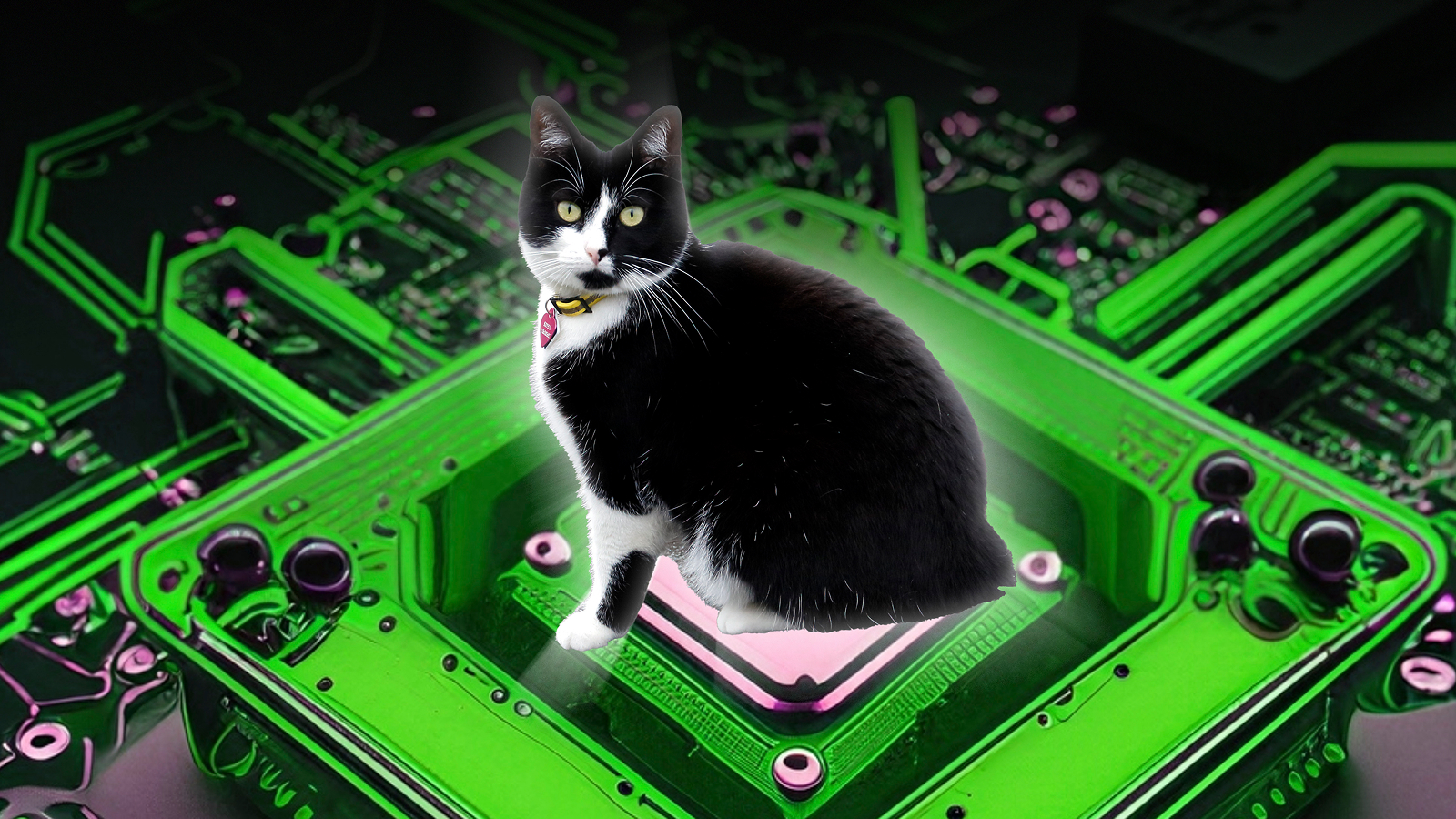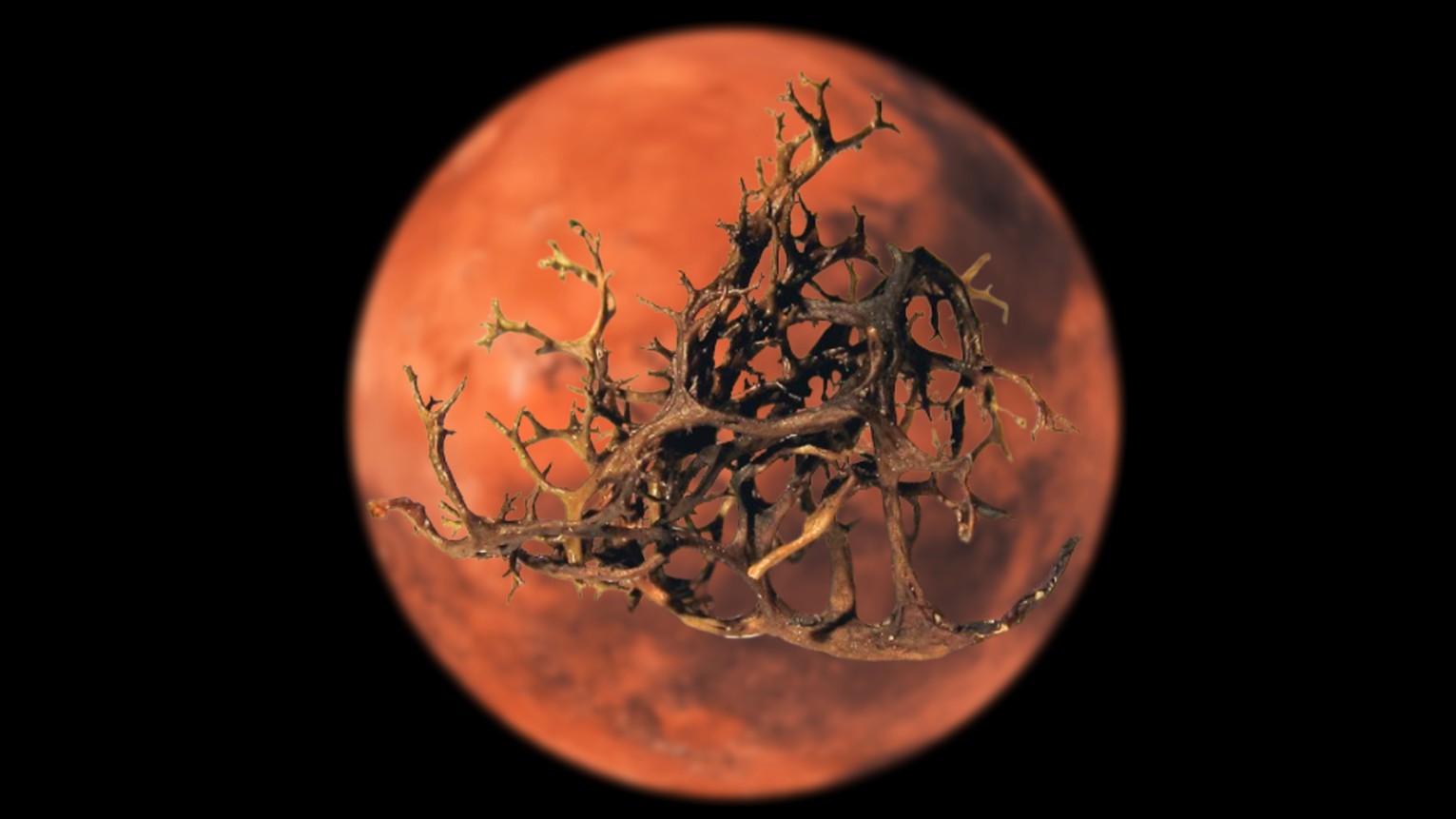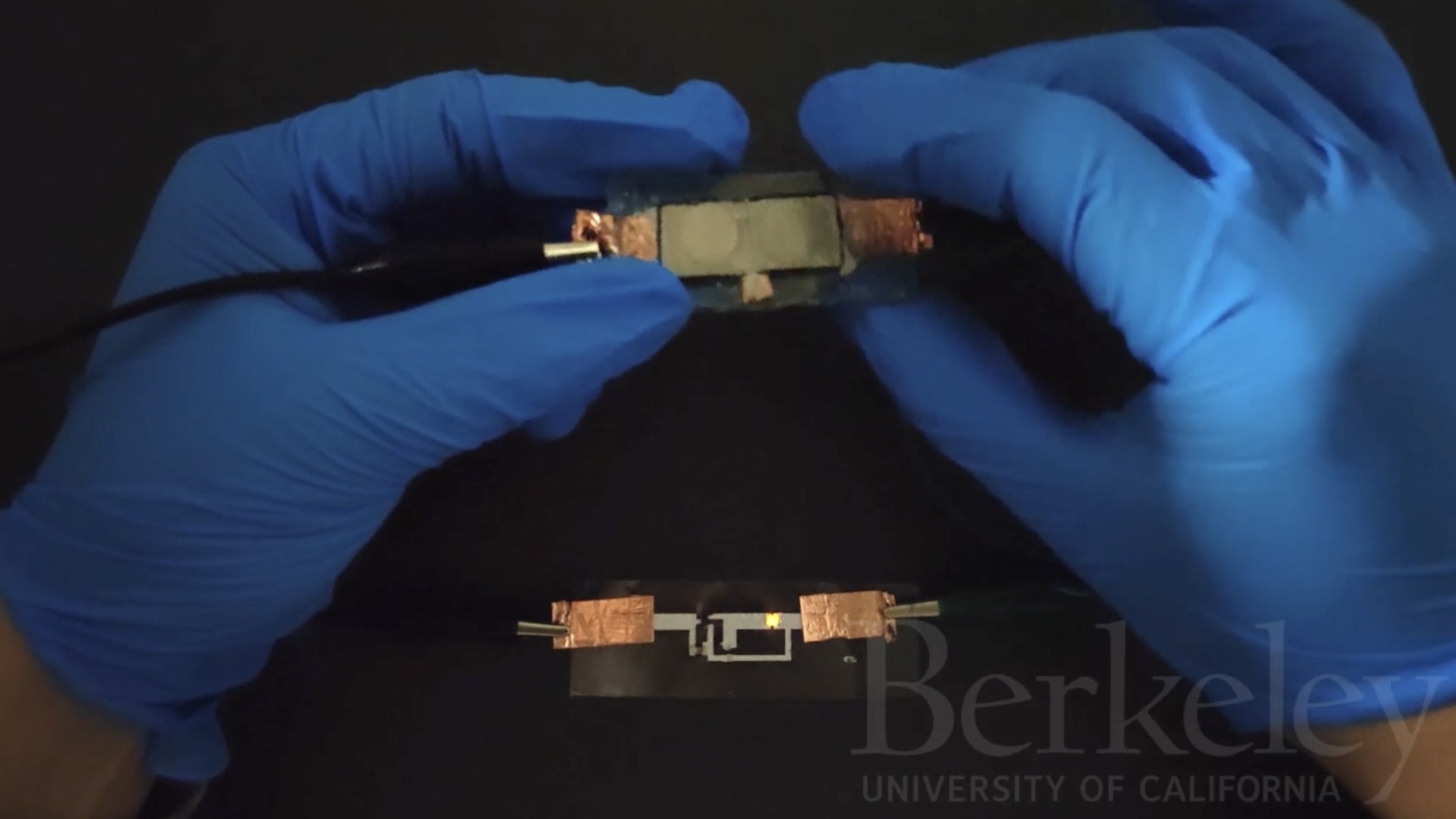Schrödinger's cat-inspired quantum computing now 160 times more reliable thanks to new discovery
A new technique improves the reliability of cat qubits by squeezing their probabilistic states. This could improve their reliability and lifetime, and pave the way for accurate quantum computing.

Quantum computing company Alice & Bob has improved the reliability of its cat qubits, which could make tomorrow's quantum computers far more accurate.
Fault tolerance is a major challenge in quantum computing. This is because the qubits in quantum computers are "noisy" and susceptible to decoherence — the loss of quantum information due to interference from the external environment. Improving qubits' reliability by implementing fault-tolerant technologies has therefore been a key research area.
There has been a particular drive to suppress the error rates associated with bit-flipping (when a qubit switches the probabilities of measuring 0 or 1). But previously, this had been found to lead to increased errors with phase-flipping (when a qubit switches its probabilities of being positive or negative).
Cat qubits are a type of qubit that mimics the superposition principle of Schrödinger’s cat — a thought experiment which postulates that a cat in a box with a randomly activated poison might be considered as both alive and dead until it is directly observed.
"Cat qubits" are designed to reduce bit-flips, thereby reducing the resources required for error correction. Cat qubits have been studied by multiple research teams, with qubits created by Alice & Bob scientists even incorporated into the Ocelot Chip, manufactured by Amazon Web Services (AWS).
Previous Alice & Bob research has demonstrated that cat qubits could achieve a bit-flip lifetime of 138 milliseconds.
But in a new study uploaded Feb. 28 to the pre-print arXiv database, scientists outlined a new way to stabilize cat qubits, with better bit-flip protection of up to 160 times, equating to a cat qubit lifetime of 22 seconds. The effect on the phase-flip rate was minimal.
Sign up for the Live Science daily newsletter now
Get the world’s most fascinating discoveries delivered straight to your inbox.
The team achieved this by compressing the quantum states of cat qubits such that there is a smaller overlap between the two states. For these squeezed cat qubits, they demonstrated a steep reduction in bit-flip error rate as photon numbers increased.
The technique demonstrated in this research is especially useful, as it does not require any modifications to the design of the circuit. "Squeezing" cat qubits will therefore make error correction less resource-intensive than previous methods.
The next stage in Alice & Bob’s research will aim to develop universal fault-tolerant quantum computing, where bit-flips and phase-flips can be efficiently managed. This could lead to practical applications in fields such as chemistry and materials science.
Peter is a degree-qualified engineer and experienced freelance journalist, specializing in science, technology and culture. He writes for a variety of publications, including the BBC, Computer Weekly, IT Pro, the Guardian and the Independent. He has worked as a technology journalist for over ten years. Peter has a degree in computer-aided engineering from Sheffield Hallam University. He has worked in both the engineering and architecture sectors, with various companies, including Rolls-Royce and Arup.
You must confirm your public display name before commenting
Please logout and then login again, you will then be prompted to enter your display name.










